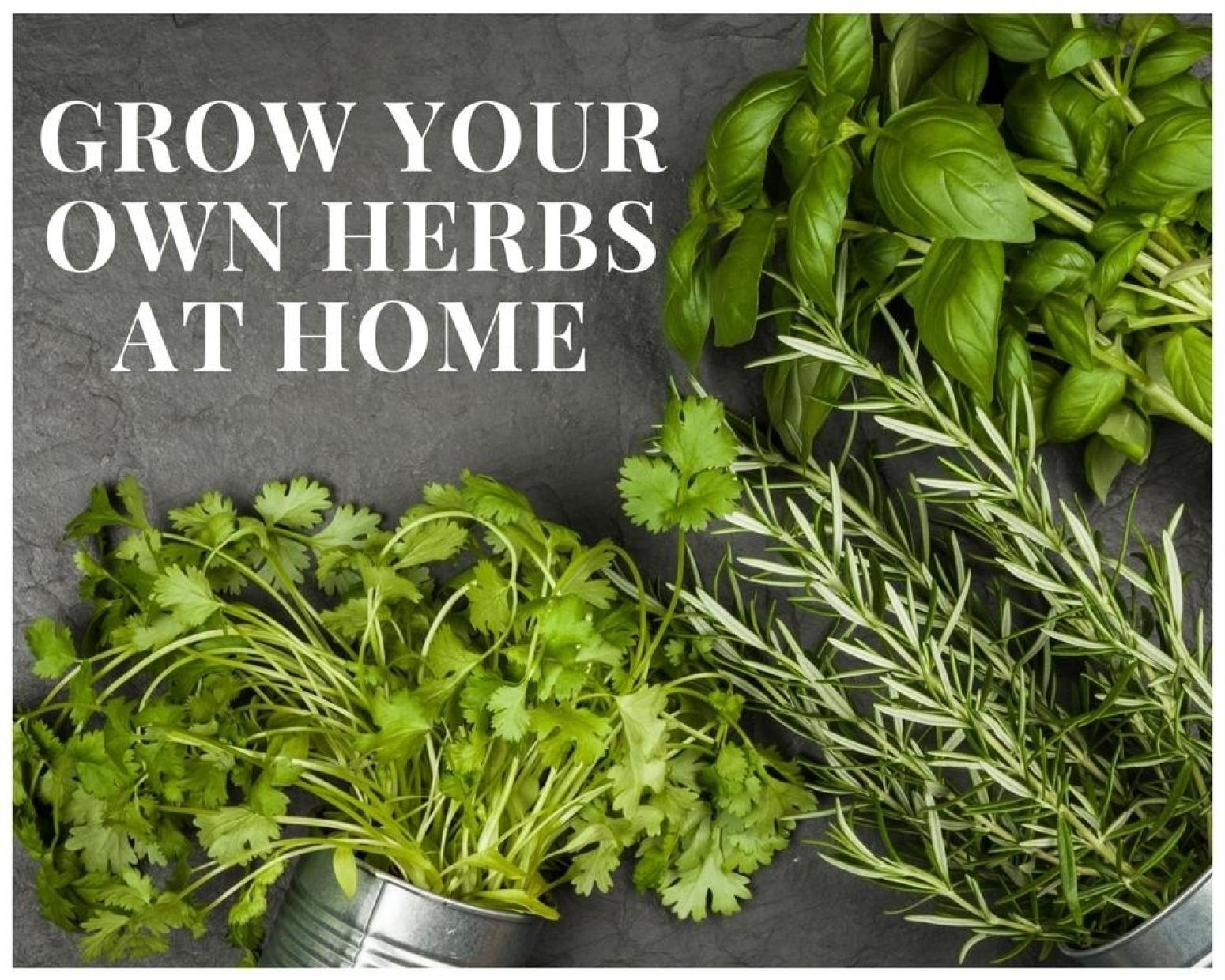Fresh herbs add tons of flavor to your cooking. With a little bit of patience, they’re great to grow at home.
No need to spend tons of money on those tiny boxes of herbs you find in the produce section. By growing your own herbs, you can grab exactly what’s needed and have less waste.
And you don’t need tons of space – or sun – to grow a herb garden. All you need is a large pot, some potting soil, a watering can and plants!
Tips
- Don’t over water your herbs. More is not better! Stick your finger in the soil a couple of inches. If the soil feels dry, then it’s time to water.
- Make sure your container is large enough to hold your herbs; overcrowding is not a good thing. Leave several inches between plants.
- If you live in a warm weather climate, make sure your herbs are not in direct sunlight all day. Every herb is different, but ideally, they should not be in direct sunlight for more than four hours a day.
- New to gardening? Start with a basic herb like basil. You’ll easily be able to tell if you’re not giving it enough water. It’s hearty enough to come back to life after a quick watering. When trimming it, though, make sure to snip from the top, not cutting individual leaves from the bottom or side.
- If you don’t have space, avoid planting mint. It’s an aggressive herb that will overtake your pot. If you do want to grow mint, we suggest planting in a pot of its own.
- Buy seedlings from your local farmer’s market. Yes, it’s great to start the seeds inside before planting season and watch sprout but who has the time?! By buying seedlings at your local farmer’s market, they’ve done all the hard work. You can easily transplant them into your pot and enjoy the herbs much faster.
What to Grow
Here are a few herbs you’ll find yourself regularly using in cooking.
Rosemary: This low-maintenance herb has a very aromatic pine smell. Use with fish, chicken or even in bread.
Flat Leaf Parsley: Some people just think of parsley as a garnish, but it’s so much more. It adds a “fresh” flavor to anything. Toss into quiche, add to a salad, incorporate into homemade dressings, if you’re looking to brighten up the flavors.
Thyme: Thyme has a woodsy, slightly lemon flavor. From beef to chicken and fish to eggs, there’s a multitude of uses for thyme. In a pinch, it’s a great substitute for rosemary.
Chives: With a mild, oniony flavor, use chives as a garnish on a plate, snip some and add to scrambled eggs, add to sauces or soups… you’ll find so many uses for chives.
Sweet Basil: Whip up a quick tomato and mozzarella salad, snip a bunch for homemade pesto, or add a bit to homemade tomato sauce. With a bright peppery flavor, basil will become a go-to for your summer cooking.
Cilantro: You can’t have guacamole without cilantro. If you’re a guac fan like us, this is perfect for your herb garden. This lemony, pungent herb also works great in salsa and complements chicken, pork, and fish.
Mint: Mojito anyone? Like mentioned before, this does grow aggressively so we suggest planting in its own container. Besides drinks, you can use it with lamb or poultry.
